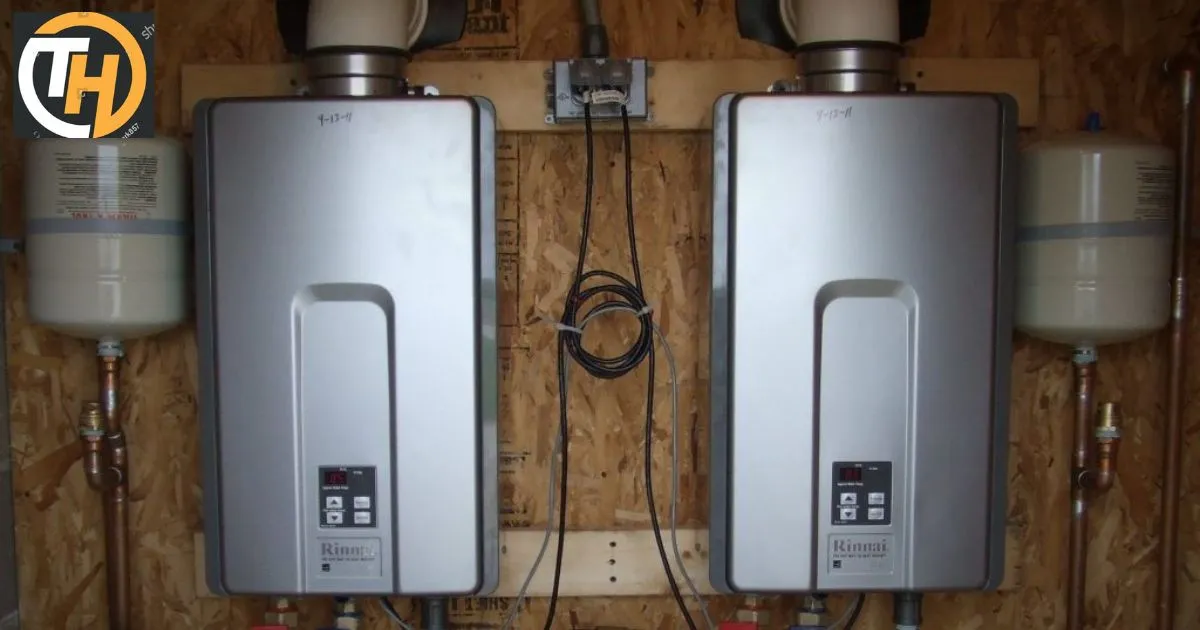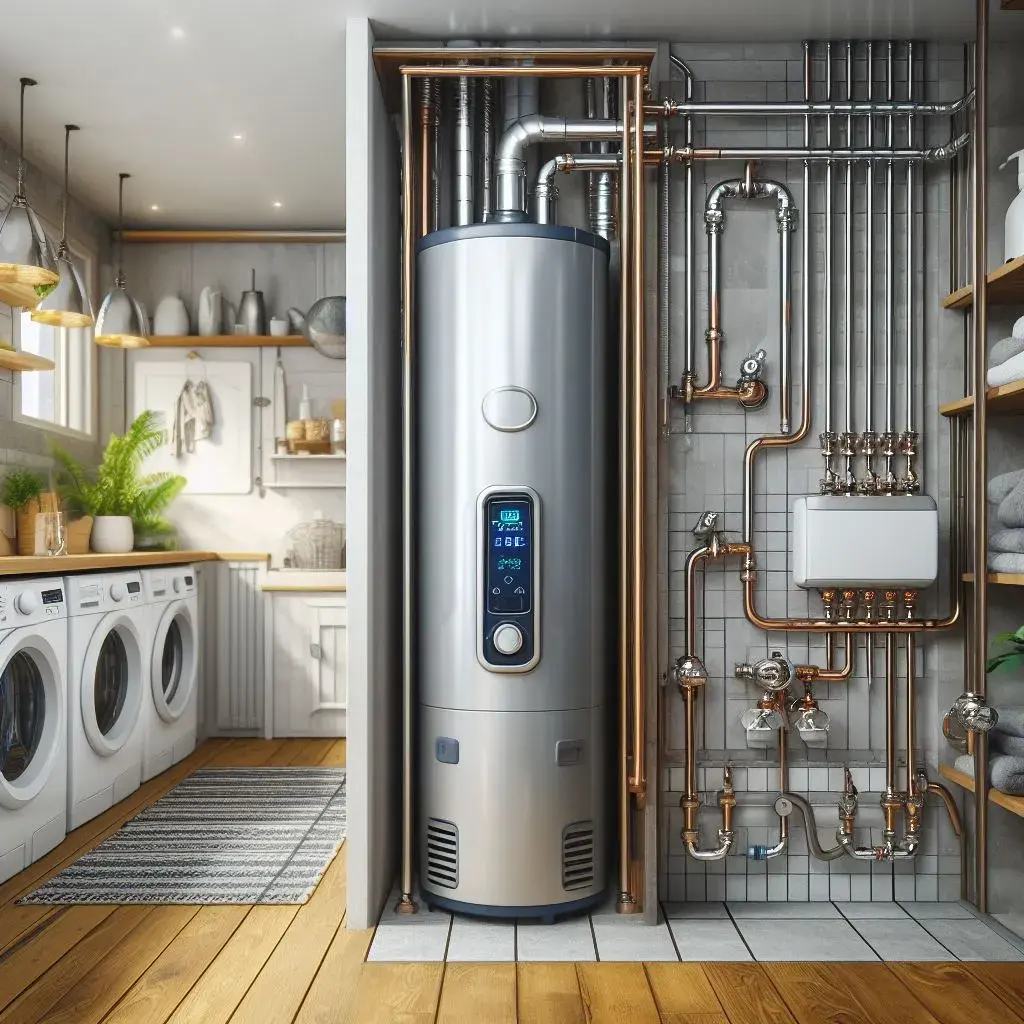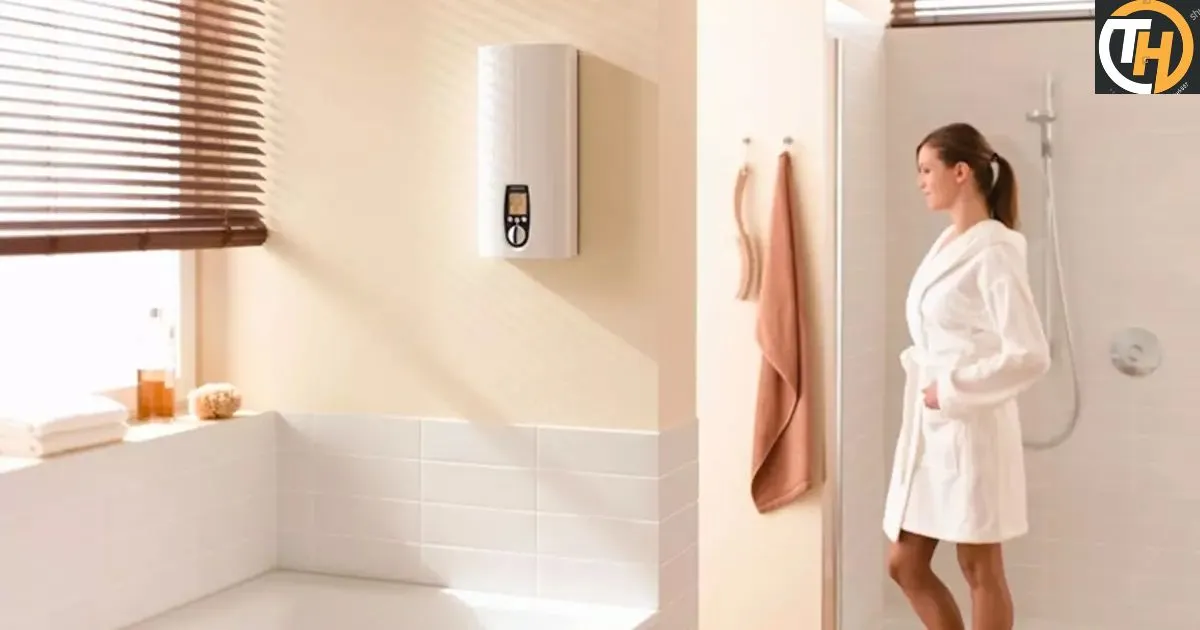In this comprehensive guide on whether you can lay a water heater on its side. In this article, we’ll delve into the world of water heaters, exploring the factors that determine whether a horizontal installation is possible, the essential safety precautions, and a detailed step-by-step guide for laying a water heater on its side.
We’ll provide answers to commonly asked questions and equip you with the knowledge you need to make informed decisions.
Before we dive into the specifics, let’s address the initial question: can you lay a water heater on its side? The answer is not a simple “yes” or “no.” The possibility of laying a water heater horizontally depends on various factors, primarily related to the type of water heater and safety measures.
Types of Water Heaters

These units are known for their versatility. Designed to be compact, they can often be installed either horizontally or vertically, offering flexibility based on your space requirements.
Tank-Type Water Heaters
Traditional tank-type water heaters are typically designed for vertical installation. While laying them on their side is not commonly recommended, exceptions may exist.
| Type of Water Heater | Characteristics |
| Tankless Heaters | Compact, versatile, and designed for horizontal or vertical installation. |
| Tank-Type Heaters | Traditional, primarily intended for vertical installation. |
Factors to Consider
When contemplating laying a water heater on its side, several factors come into play.
Safety Precautions
Safety should be your top priority when handling water heaters, whether for installation or transportation. H-ere are essential precautions.
| Safety Measures | Ensuring a Secure Installation |
| Proper Venting | Preventing gas buildup and carbon monoxide risks. |
| Stable Mounting | Ensuring the water heater’s stability. |
Disconnect Power
For electric water heaters, it’s crucial to turn off the power supply. For gas water heaters, shut off the gas and extinguish the pilot light.
Step-by-Step Guide: How to Lay a Water Heater on Its Side
Prepare the Area
Clear the installation area of any obstructions, ensuring there’s ample space for the water heater to lie flat. This step is crucial to avoid any interference during the installation process.
Secure the Water Heater
To ensure the water heater remains in its horizontal position, use appropriate brackets or straps. These should be firmly fastened to prevent any rolling or shifting of the unit during transit.
Reconnect Plumbing
Reattach the plumbing lines to the water heater. Ensure that all fittings are secure and free from any leaks. Properly connecting the plumbing is essential to prevent water leaks once the water heater is operational.
Restore Power
Depending on the type of water heater, you’ll need to restore the power supply. For electric water heaters, this involves reconnecting the electrical connection. If you have a gas water heater, you should reconnect the gas supply and relight the pilot light.
Check for Leaks
After restoring power, it’s crucial to turn on the water heater and carefully inspect the unit for any leaks or irregularities. This step is essential to ensure that everything is functioning correctly and that there are no issues with water leakage.
Addressing Common Concerns and Issues
Addressing common concerns and issues when it comes to laying a water heater on its side is essential to ensure a safe and efficient installation. Let’s explore some of the primary concerns and how to address them:
Risks of Damage
The primary concern when laying a water heater horizontally is the potential for damage to the tank or internal components. Any jostling or shocks during the process can lead to structural or operational problems. To address this concern:
Consult the Manufacturer
If you have doubts about your water heater’s suitability for horizontal installation, it’s advisable to consult the manufacturer. They can provide guidance specific to your unit.
Professional Assessment
Consider seeking the expertise of a professional technician. They can assess the condition of your water heater and provide recommendations on safe installation.
Maintaining Ventilation
For gas water heaters, proper ventilation is crucial to safely expel combustion gases. When laying a gas water heater on its side, it’s essential to maintain adequate ventilation to prevent potential hazards. To address this concern:
Adjust the Venting System
You may need to adjust the venting system to accommodate the new position of the water heater. Ensure that combustion gases can safely exit the area.
Follow Local Codes
Be aware of local building and safety codes related to gas water heater installations. Compliance with these codes is vital for safety.
Dealing with Leaks
Laying a water heater on its side can sometimes result in small leaks from the pressure relief valve. To address this concern:
Install an Extension Pipe
Consider installing an extension pipe on the pressure relief valve. This pipe directs any discharged water away from the unit, preventing water damage.
By addressing these common concerns and issues, you can mitigate potential risks and ensure a successful installation of your water heater in a horizontal position. Always prioritize safety and consult professionals when in doubt to guarantee a smooth and secure installation process.
When laying a water heater on its side, certain concerns and potential issues should be addressed:
Risks of Damage
Addressing the risks of damage when laying a water heater on its side is of utmost importance to maintain the integrity and functionality of the unit. Here’s a closer look at these potential risks and how to mitigate them:
Structural Damage
When a water heater is laid on its side, there’s a risk of structural damage to the tank. The weight of the water and the tank itself can cause bending or denting, compromising its structural integrity. To mitigate this risk:
Use Proper Support
Ensure the water heater is well-supported during the process. Use appropriate brackets or straps to secure it in its horizontal position, preventing any deformation.
Internal Component Damage
Internal components, such as the heating element or thermostat, can be susceptible to damage when the water heater is moved or positioned horizontally. Sudden jolts or impacts can harm these sensitive parts. To mitigate this risk:
Handle with Care
During the transportation and installation process, handle the water heater with care. Avoid dropping or hitting it to prevent damage to internal components.
Drain the Tank
To prevent water leakage, ensure that the tank is fully drained. Attach a hose to the drain valve and direct the water into a suitable container. Draining the water heater is very important process.
Water Leakage
One of the most significant risks is water leakage. Laying a water heater on its side can dislodge fittings and connections, leading to leaks when the unit is filled with water. To mitigate this risk:
Tighten All Fittings

Before filling the tank with water, make sure that all plumbing fittings are securely tightened. Regularly inspect for leaks after installation.
Safety Hazards
A damaged water heater can pose safety hazards, particularly in the case of gas water heaters. Damage to the unit or its components can lead to gas leaks or malfunctions, which are potentially dangerous. To mitigate this risk:
Professional Inspection
If you have concerns about the condition of the water heater, consider having it inspected by a professional technician. They can identify any safety hazards and provide necessary repairs.
The primary concern when laying a water heater horizontally is the potential for damage to the tank or internal components. Any jostling or shocks during the process can lead to structural or operational problems. If you have doubts about your water heater’s suitability for horizontal installation, consult the manufacturer or a professional technician.
FAQs
Q. Can I lay any type of water heater horizontally?
The feasibility depends on the type; tankless heaters are more adaptable, while tank-type heaters are primarily designed for vertical positioning.
Q. What safety precautions are essential for horizontal water heater installation?
Ensure proper venting, stable wall mounting, and adherence to safety guidelines, especially for gas water heaters.
Q. Do I need professional help with a horizontal water heater setup?
It’s advisable to seek professional guidance for safety and a successful installation, especially if you’re uncertain about the process.
Conclusion
In conclusion, laying a water heater on its side is possible but requires careful consideration and adherence to safety protocols. Knowing the type of water heater you have, understanding the risks and precautions, and following a step-by-step guide is essential to ensure a successful horizontal installation.
Furthermore, prioritizing safety and efficiency is paramount when dealing with water heaters, regardless of their orientation. Proper venting and exhaust are especially crucial for gas water heaters to prevent the buildup of combustion gases and the potentially hazardous release of carbon monoxide.
In the context of horizontal installations, the venting system may require specific adjustments to maintain safety. Ensuring the stability of the water heater is also vital, whether it’s a tankless or tank-type unit. Proper wall mounting or the use of supportive brackets is essential to prevent accidents and guarantee a secure setup.











